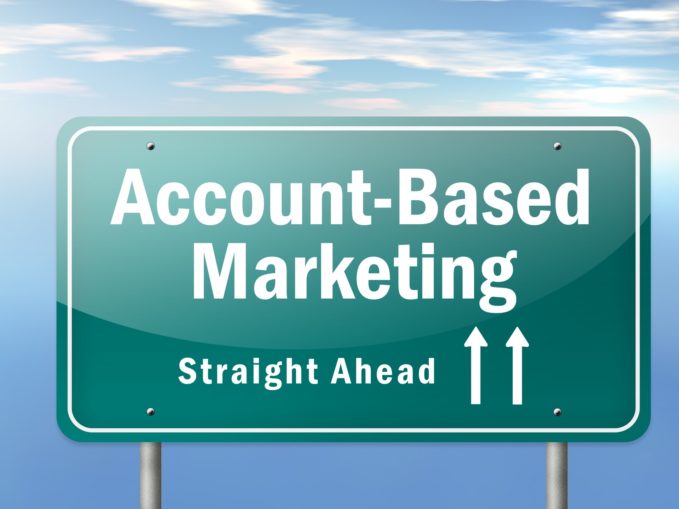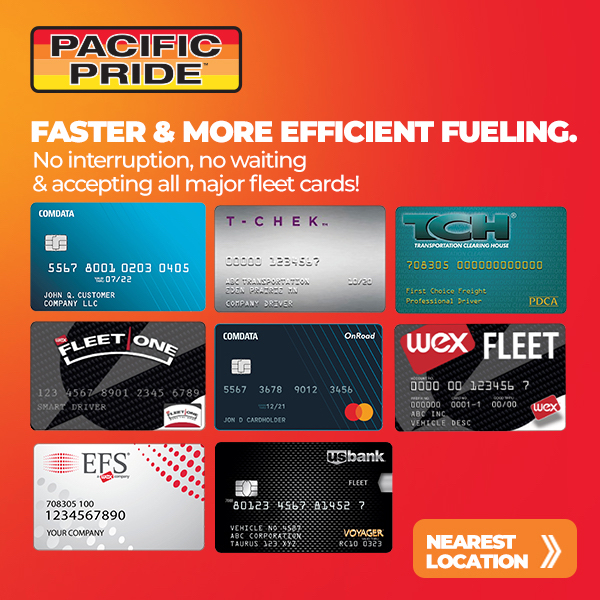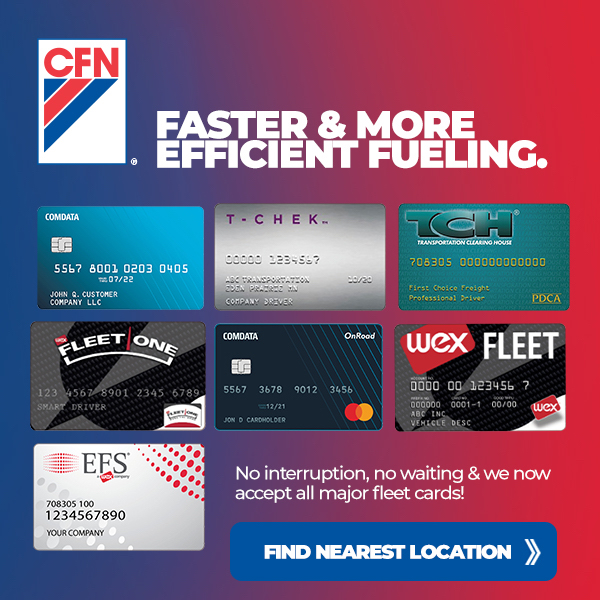
The pandemic has sped the need for fleet service providers to find more effective means of winning and keeping business in a digital business world. Account-based marketing moves beyond disparate lead generation, sales, customer service, and account management programs to deliver a winning strategy for the entire customer relationship journey. Part III reviews a list of metrics to ensure ABM success.
By Ed Pierce, ITA Communications. Fleet
Your sales and customer-facing teams all are communicating with key account contacts with personalized, account-specific messages to key contacts. Sales, marketing and account management teams must coordinate messaging for ads, emails and content to ensure they strategically reinforce the intended theme and deliver the intended action – sales funnel progress, relationship strengthening, and so on.
Engagement
Because of this more personal communication, higher engagement rates can be expected so monitoring this metric needs to be a tactic-level priority. Tracking engagement ensures that the right accounts are being targeted and that the content matches the account’s pain points and persona. Taken as a whole, the aggregate of tactical results will be an important indicator of ABM effectiveness.
Deal Size
The average deal size for ABM customers should be larger than other customers’ other accounts given that their inclusion on the ABM was due to their high value potential. The extra time put in by the sales, account management, and marketing teams to construct messaging content and tactics is fully dependent on a bigger deal.
If this is not the case, revisit ABM target accounts to ensure that these accounts companies fit the designation, including deal size.
Sales Cycle
Because of the additional steps involved in account-based communications, expect the sales cycle to be longer for ABM accounts than traditional accounts. Additionally, the greater the number of account stakeholders and other obstacles will lengthen the sales cycle. Tracking the sales cycle provides insight into patterns that can be applied in future planning. The priority, of course, is to provide value regardless of the length of the sales cycle.
Win Rate
The win rate metric is a measure of both account quality and the ABM program. Good fitting target accounts close at higher rates. Providing the best marketing account, too, means higher close rates. Selecting target accounts that have a very high chance of closing naturally should mean that your ABM leads are higher than those from the ongoing inbound strategy.
Customer Satisfaction
Customer satisfaction can be measured all along the prospect-to-customer continuum. An ABM program that focuses on accounts that are a great fit for your product or service and receive increased engagement efforts is more likely to deliver new customers who are advocates – enthusiastically endorsing your brand and your product or service.
As customers, relationship expansion and customer retention are two metrics that you can measure on your ABM accounts to gain insight into whether or not your ABM strategy is selecting the right accounts to begin with.
Look to use tools like the Net Promoter Score as an indicator of how happy and satisfied your ABM customers are. These types of feedback should all be higher and more consistent for your ABM customers than other accounts given their original selection criteria.
A Final Thought
Like other marketing and sales management best practices, measuring ABM efforts allows early intervention to resolve issues or proactive engagement to take advantage of opportunities. The metrics described offer a clear picture of target account relationships and the effectiveness of any account-based marketing program.
 If you’d like to comment or share your own experiences with account-based marketing, I invite you to reach out to me at 215-839-1306. Or, you can reach me at res[email protected] .
If you’d like to comment or share your own experiences with account-based marketing, I invite you to reach out to me at 215-839-1306. Or, you can reach me at res[email protected] .




